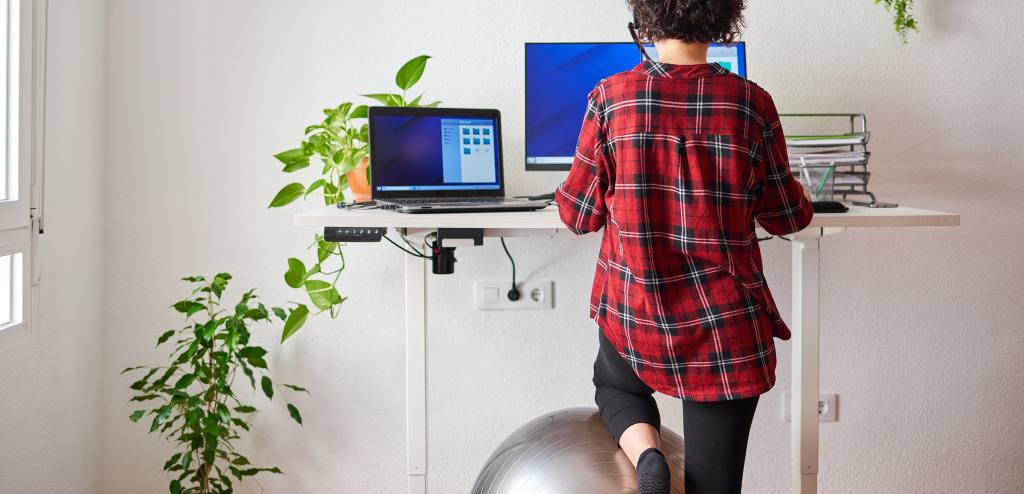As remote work becomes increasingly common, the importance of ergonomics in home office setups has gained significant attention. Proper ergonomic practices are essential for maintaining health and productivity, especially when working outside traditional office environments. By understanding and implementing key ergonomic principles, remote workers can create comfortable, efficient, and healthy workspaces.
Setting Up an Ergonomic Workspace
Creating an ergonomic workspace at home involves more than just finding a comfortable chair and a sturdy desk. It requires careful consideration of how each component of the workspace affects the body over time. The height of the desk and chair, the placement of the monitor, and the positioning of the keyboard and mouse all play a crucial role in maintaining good posture and reducing strain.
An ideal ergonomic setup ensures that the monitor is at eye level, the feet are flat on the ground or on a footrest, and the keyboard and mouse are positioned to keep the wrists in a neutral position. Investing in adjustable furniture, such as a chair with lumbar support and a desk that can be raised or lowered, can make a significant difference in comfort and health. These adjustments help prevent common issues like back pain, eye strain, and repetitive strain injuries.
The Impact of Ergonomics on Productivity
The connection between ergonomics and productivity is well-documented. When workers are comfortable and free from physical strain, they can focus more effectively on their tasks. Poor ergonomic conditions, on the other hand, can lead to discomfort, fatigue, and even injury, all of which can negatively impact productivity.

Employers who provide guidance on ergonomic practices or offer stipends for home office equipment can help remote workers set up their spaces correctly. This not only enhances individual performance but also contributes to overall job satisfaction. A well-designed ergonomic workspace supports sustained focus and reduces the likelihood of mistakes caused by discomfort or distraction.
Addressing Common Ergonomic Challenges in Remote Work
Remote workers often face unique ergonomic challenges compared to those in traditional office settings. For example, not everyone has a dedicated home office, leading to makeshift workspaces that are not ergonomically sound. Working from couches, beds, or kitchen tables may seem convenient, but these setups can cause significant strain on the body over time.
To overcome these challenges, remote workers should prioritize creating a designated workspace, even if it’s just a small area within a room. Using portable ergonomic solutions like laptop stands, external keyboards, and supportive cushions can make a temporary workspace more comfortable. Additionally, taking regular breaks to stretch and move around is essential for preventing stiffness and maintaining circulation.
Long-Term Benefits of Ergonomics in Remote Work
Incorporating ergonomics into remote workspaces offers long-term benefits beyond immediate comfort. By reducing the risk of musculoskeletal disorders and other health issues, proper ergonomic practices can lead to fewer sick days and lower healthcare costs. This is particularly important in a remote work environment where employees may not have easy access to on-site health resources.
Moreover, emphasizing ergonomics can enhance employee well-being and morale. When workers feel that their health and comfort are valued, they are more likely to be engaged and committed to their work. This positive attitude contributes to a more resilient and productive remote workforce, benefiting both employees and employers.
Conclusion
Ergonomics plays a vital role in the success of remote workspaces. By setting up ergonomic workstations, understanding the impact of ergonomics on productivity, addressing common challenges, and recognizing the long-term benefits, remote workers can create environments that support their health and efficiency. Prioritizing ergonomics in remote work not only enhances individual well-being but also contributes to the overall success of the organization. Websites that offer resources and guidance on ergonomic practices can be valuable tools for those looking to optimize their home office setups.



